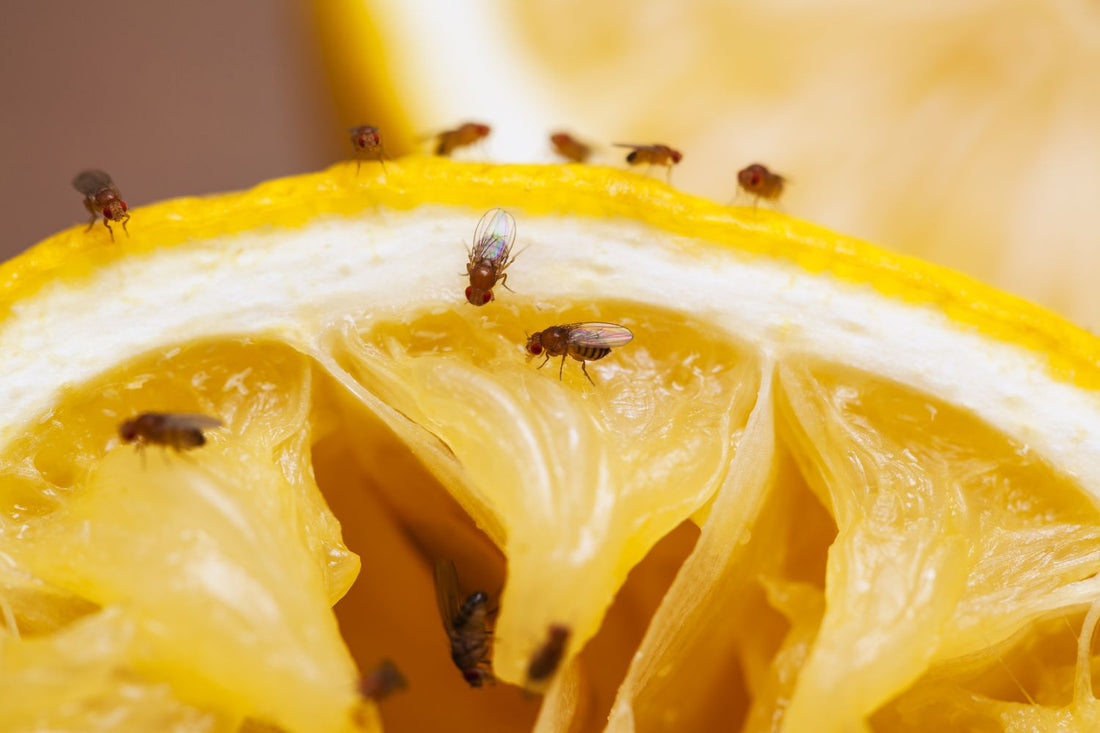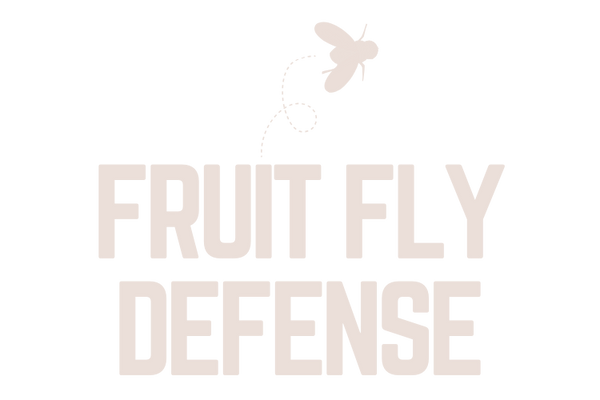
How to Get Rid of Fruit Flies — and Keep Them From Coming Back
Share
Tiny flies around your sink, fruit bowl, or trash bin are more than just annoying — they’re a sign of organic buildup that needs attention. Fruit flies are common in homes, restaurants, and grocery stores, but with the right prevention steps, they’re easy to eliminate for good.
What Causes Fruit Flies Indoors
According to the U.S. Environmental Protection Agency (EPA), fruit flies are strongly attracted to moisture and fermenting organic material such as food waste, residues in drains, and spills near appliances.
Even a small amount of decaying fruit or liquid is enough to support hundreds of larvae.
They’re most often found near:
- Sink drains and garbage disposals
- Trash bins and mop buckets
- Recyclable containers with sticky residue
- Damp kitchen cloths or under equipment
Fruit flies reproduce fast — laying up to 500 eggs that hatch within 24 hours in warm, moist conditions.
Why Traps and Sprays Don’t Solve the Root Problem
Most commercial traps only target adult fruit flies, but adults are just 10% of the population.
According to the Centers for Disease Control and Prevention (CDC), flies can transfer bacteria like E. coli and Salmonella from contaminated surfaces to food prep areas.
Killing visible flies doesn’t remove the breeding source — the eggs and larvae developing in organic film inside drains or under appliances will repopulate in days.
That’s why prevention must focus on cleaning and deterrence — not just capture.
The Right Way to Eliminate Fruit Flies
Step 1: Clean Hidden Breeding Zones
- Pour boiling water down sink and floor drains to loosen buildup.
- Use a pipe brush or bio-enzyme drain cleaner to scrub the walls of pipes.
- Clean trash bins, mop buckets, and recycling containers with soap and warm water.
The EPA’s Integrated Pest Management (IPM) guidance emphasizes removing the food source first — sanitation is the foundation of pest control.
Step 2: Reduce Moisture
- Wipe up spills and dry counters nightly.
- Store damp sponges and cloths in open air to dry.
- Fix slow-draining sinks or leaky pipes.
Fruit flies cannot survive in dry, clean environments.
Step 3: Use a Scent-Based Deterrent
After cleaning, create an environment flies avoid.
Products like Fruit Fly Defense use natural scent barriers to condition high-risk areas — such as drains and garbage zones — making them less habitable for breeding.
Unlike traps that lure flies in, deterrents stop the infestation cycle before it begins.
Do Fruit Flies Pose Health Risks?
The CDC notes that while fruit flies don’t bite, they can act as mechanical vectors — transferring bacteria from unsanitary areas to food-contact surfaces.
In food-handling environments, they’re considered a contamination risk if not managed properly.
Clean drains, food storage, and deterrent use are key preventive measures for both homes and businesses.
A Simple Weekly Routine to Stay Fly-Free
| Task | Frequency | Purpose |
|---|---|---|
| Flush drains with boiling water | Weekly | Removes residue & larvae |
| Clean trash/recycling bins | Weekly | Eliminates organic buildup |
| Dry kitchen surfaces | Daily | Reduces moisture |
| Refresh scent deterrents | Weekly | Prevents re-infestation |
A few minutes per week can save you weeks of frustration — and keep your home sanitary year-round.
Recap
| Common Mistake | Why It Fails | The Real Fix |
|---|---|---|
| Relying on traps | Only catches adults | Clean & deter breeding zones |
| Ignoring drains | Hidden breeding area | Brush & flush weekly |
| Overlooking moisture | Encourages larvae | Keep surfaces dry |
| Skipping deterrents | Flies return quickly | Maintain scent barrier |

